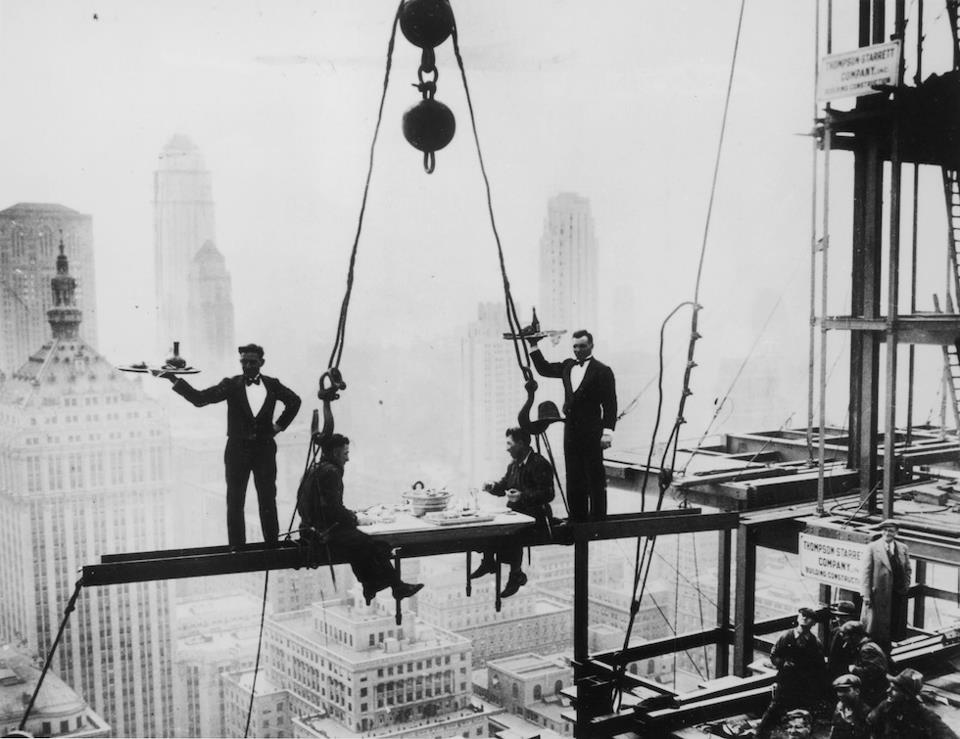
Perceptions of Risk
Vs. the Real Thing

"Perceptions of risk --- the intuitive judgments that people make about the hazards of their world," the historian Michael Willrich observes, "can be stubbornly resistant to the evidence of experts." We do not tend to be afraid of the things that are most likely to harm us. We drive around in cars, a lot. We drink alcohol, we ride bicycles, we sit too much. And we harbor anxiety about things that, statistically speaking, pose us little danger. We fear sharks, while mosquitoes are, in terms of sheer numbers of lives lost, probably the most dangerous creature on earth."Do people know which risks lead to many deaths and which risks lead to few?" the legal scholar Cass Sunstein asks. "They do not. In fact, they make huge blunders." Sunstein draws this observation from the work of Paul Slovic, author of The Perception of Risk. In a study that invited people to compare various causes of death, Slovic found that people tended to believe that accidents cause more deaths than disease and that homicide causes more deaths than suicide, when the opposite is true in both cases. In another study, people significantly overestimated the fatality rates of highly publicized or dramatic dangers like cancer or tornadoes.
One could interpret this, as Sunstein does, to mean that most people are just wrong about risk. But risk perception may not be about quantifiable risk so much as it is about immeasurable fear. Our fears are informed by history and economics, by social power and stigma, by myths and nightmares. And as with other strongly held beliefs, our fears are clear to us. When we encounter information that contradicts our beliefs, as Slovic found in one of his studies, we tend to doubt the information, not ourselves.
Bicycles, the New York Times reports, "are involved in more accidents than any other consumer product, but beds rank a close second." This does not alarm me, though I am a frequent user of both beds and bicycles. I carry my son on the back of my bicycle and allow him to sleep in my bed, despite public service posters of a baby sleeping with a butcher knife that warn me, "Your baby sleeping with you can be just as dangerous." The disregard for statistical risk that researchers observe in people like me may be at least partly due to an unwillingness to live lives dictated by danger. We sleep with our babies because the benefits, as we see them, outweigh the risks. The birth of my son, which posed a greater risk to my health than I anticipated when I became pregnant, gave me a new appreciation for the idea that there are some risks worth taking. "Having children," a friend with grown children reminds me, "is the greatest risk you can take."
"Perhaps what matters," Sunstein muses, "is not whether people are right on the facts, but whether they are frightened." And people do seem to be frightened. We are locking our doors and pulling our children out of public school and buying guns and ritually sanitizing our hands to allay a wide range of fears, most of which are essentially fears of other people. All the while we are also, in our way, reckless. We get intoxicated, from the Latin "to poison," for fun. This contradiction leads Sunstein to worry that regulatory laws based on the priorities of the general public may be prone to a pattern of "paranoia and neglect." Too much attention may be spent on minimal risks, while too little is paid to pressing threats.
Paranoia, the theorist Eve Sedgwick observes, tends to be contagious. She calls it a "strong theory," meaning a wide-ranging, reductive theory that displaces other ways of thinking. And paranoia very frequently passes for intelligence. As Sedgwick observes, "to theorize out of anything but a paranoid critical stance has come to seem naive, pious, or complaisant." She does not believe that paranoid thinking is necessarily delusional or wrong, but only that there is value to approaches that are less rooted in suspicion. "Paranoia," Sedgwick writes, "knows some things well and others poorly."
Intuitive toxicology is the term that Slovic uses for the way most people assess the risk of chemicals. His research reveals that this approach is distinct from the methods used by toxicologists, and that it tends to produce different results. For toxicologists, "the dose makes the poison." Any substance can be toxic in excess. Water, for instance, is lethal to humans in very high doses, and overhydration killed a runner in the 2002 Boston Marathon. But most people prefer to think of substances as either safe or dangerous, regardless of the dose. And we extend this thinking to exposure, in that we regard any exposure to chemicals, no matter how brief or limited, as harmful.
In exploring this thinking, Slovic suggests that people who are not toxicologists may apply a "law of contagion" to toxicity. Just as brief exposure to a microscopic virus can result in lifelong disease, we assume that exposure to any amount of a harmful chemical will permanently contaminate our bodies. "Being contaminated," Slovic observes, "clearly has an all-or-none quality to it --- like being alive or pregnant."
Fear of contamination rests on the belief, widespread in our culture as in others, that something can impart its essence to us on contact. We are forever polluted, as we see it, by contact with a pollutant. And the pollutants we have come to fear most are the products of our own hands. Though toxicologists tend to disagree with this, many people regard natural chemicals as inherently less harmful than man-made chemicals. We seem to believe, against all evidence, that nature is entirely benevolent.
--- From On Immunity: An Inoculation
Eula Biss
©2014 Graywolf Press